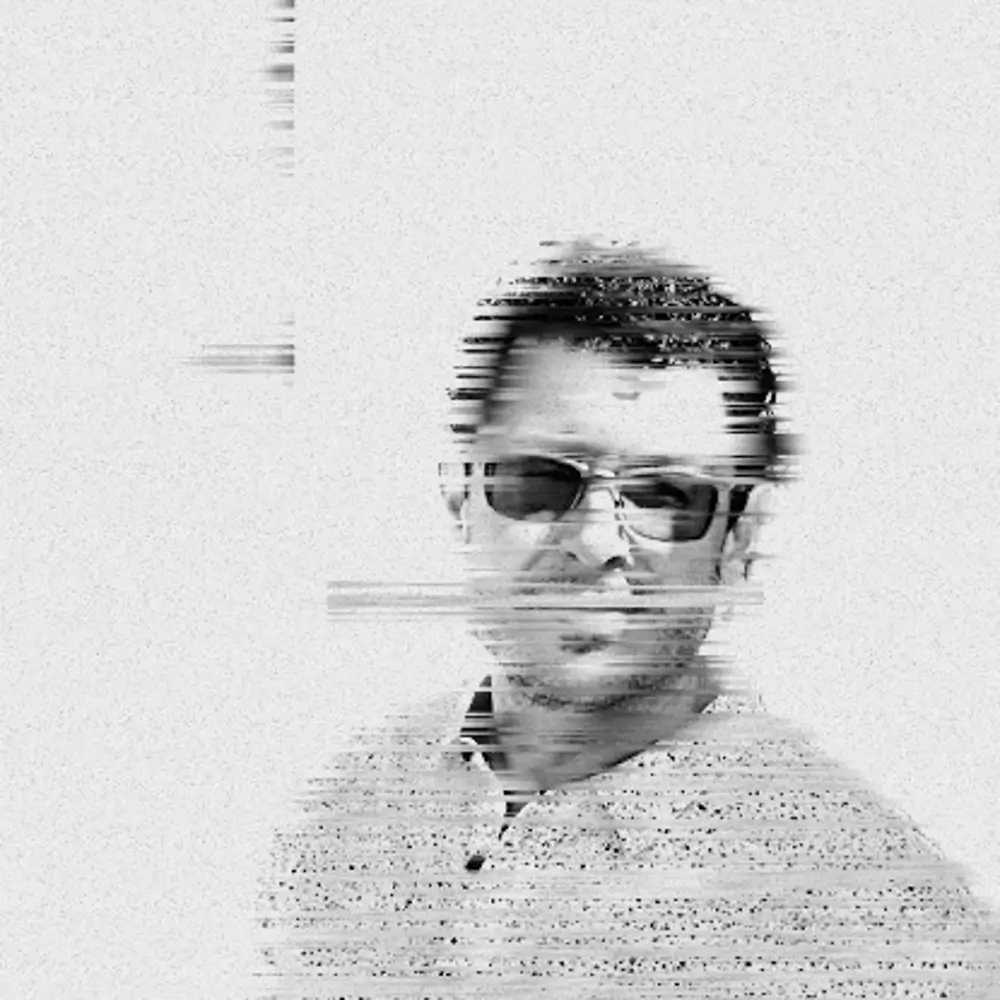Spiro Bolos is a Chicago-based street photographer who spends an inordinate amount of time on public transportation, especially since casting off his former minivan-centered life in suburbia.
His chosen career is that of a social studies teacher and he became interested in American photography while teaching an American Studies course, first focusing on the documentary images of the Civil Rights era and then becoming preoccupied with the more artistic efforts of photographers such as Gordon Parks and William Eggleston. As a historian, he had an initial impulse to record a vision of the present era through the human characters surrounding him.
But he had also seen the intriguing BBC documentary of Vivian Maier and attended a lecture by street photographer Brian Sokolowski, who demonstrated that an image of a complete stranger could function as a self-portrait. And so, with his phone ever-presently in hand, he started making photographs long before he was acquainted with Szarkowski's famous reference to "mirrors" and "windows".
His subjects are usually blind to his stealthy process, perhaps because of the ubiquity of smartphones, as well as his desire to capture, as Strand put it, a "quality of being". But in a society increasingly surveilled, a moment of recognition occasionally surfaces in the subject’s eyes.
